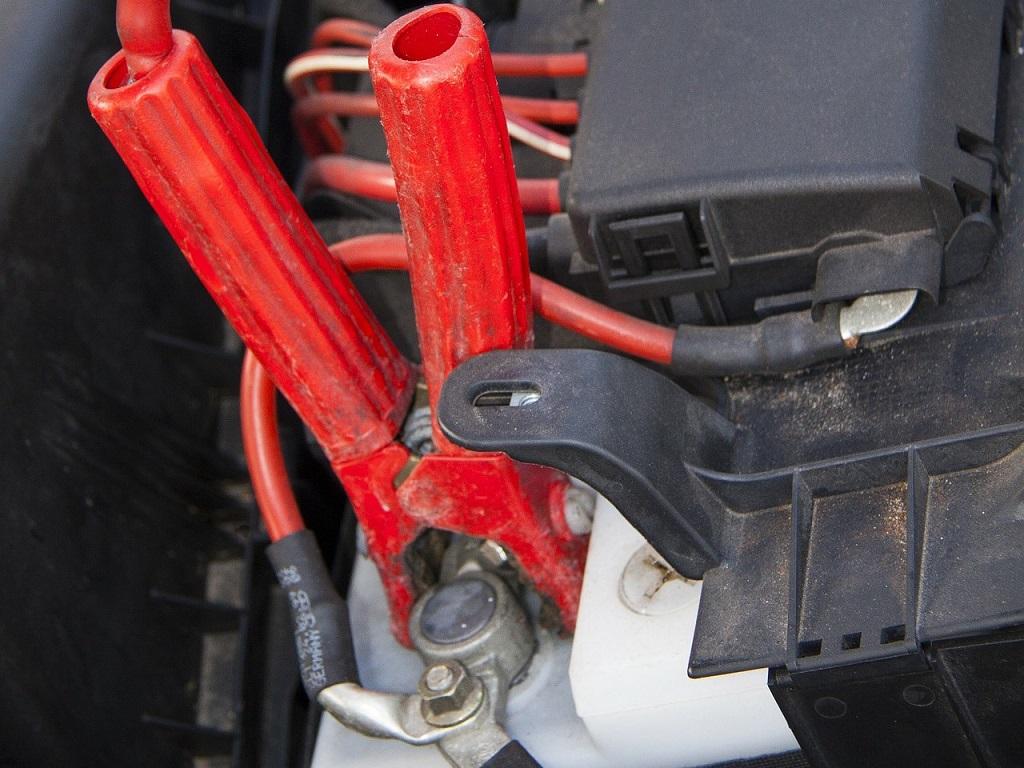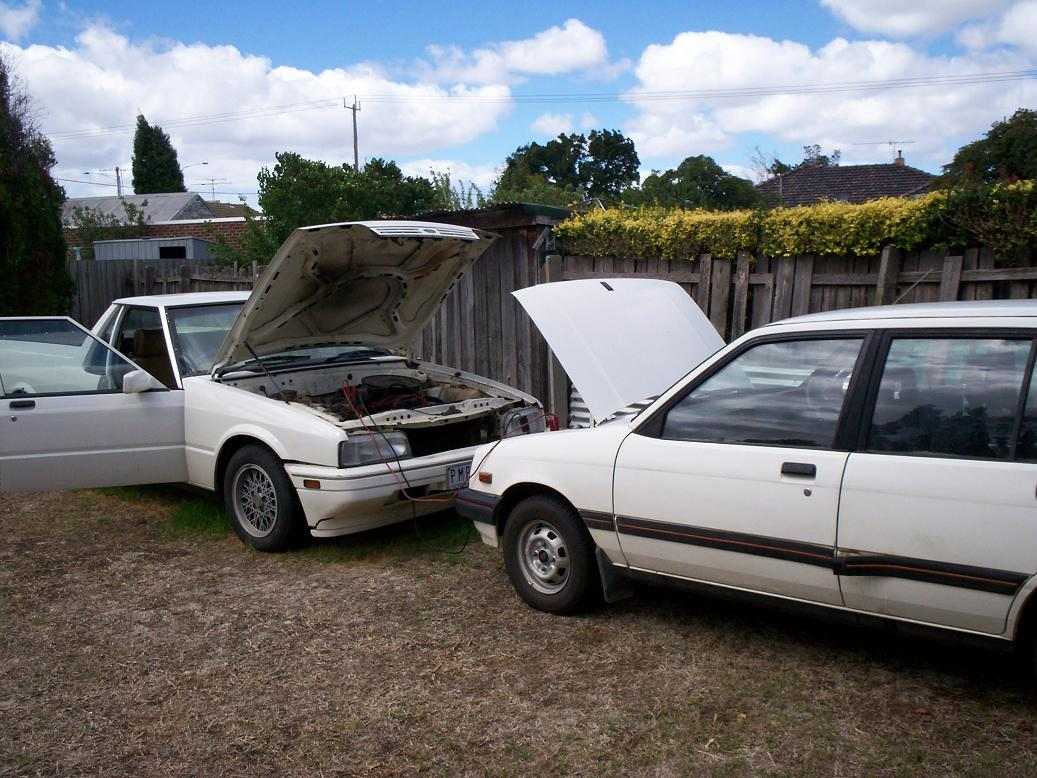Jump-starting is a common way to bring life to a dead car battery. It involves connecting another car’s battery to yours to boost the unresponsive battery. It’s a quick and easy fix, but could this damage the car battery?
Modern car batteries are much more sensitive than older ones, and there are risks associated with jump-starting them. Any mistake can damage the car’s onboard electronics or the good battery. Let’s discuss the possible risks and how you can avoid them.
Contents
The Risks of Jump-starting a Car Battery
Jump starting a dead car battery is a common practice everywhere. But without the right tools and a skilled hand. Let’s see what can happen if things go south:
Destroyed ECUs
Modern cars depend on engine control units (ECUs) to monitor the engine and other components. There is not just one, but multiple ECUs could be in a car. For example, there was a Mercedes-Benz S-Class model that had 64 ECUs.
These control units are so complex that it’s sometimes cheaper to dump the car instead of repairing them. Incorrectly doing jump-starting can zap these electrical systems beyond repair.

Battery damage
One common risk of jump-starting a car is damaging the battery. It happens because of incorrect jumper cable connections. One should go to the dead vehicle and the other end to the car that provides the power boost. There will be electrical damage to the car’s components if one cable end touches something else.
Battery explosions
Connect the jumper leads in proper sequence. Otherwise, there is a possibility of sparkling in the jumper cables. Any sparkle may lead to the explosion of the battery, which could be highly dangerous.
Always check the owner’s manual to ensure the correct placement and sequence of the cables. For example, you should never connect the negative jumper cable to the battery’s negative post.
Electrical problems
After passing some juice to the dead battery, you should disconnect the wiring before cranking the car. Starting it will create a heavy load on the good battery when the vehicles are wired to each other. As a result, there could be some electrical issues.
SEE MORE
How to Avoid Jump Starting Problems
If you’re in a situation where you need to jumpstart your vehicle, there are some steps you should take to ensure nothing wrong happens.
- Check to make sure that the battery of the car supplying power is fully charged. If the battery is weak, you could damage both batteries.
- After charging the dead battery, disconnect the car from the other vehicle supplying the power. Doing this will allow you to start the vehicle with the bad battery without causing damage to the good battery.
- Use a jump-start pack to ensure the safety of batteries and protection from other issues. No jump-start kit? No problem. Buy some jumper leads with spike protection.
You should not jump-start a malfunctioning battery. Doing this will possibly damage the car with a good battery.
If you’re careful and take these precautions, jumpstarting your car will be a safe and easy way to get moving again.



